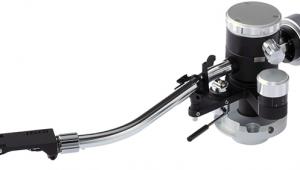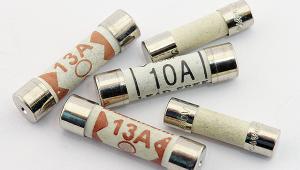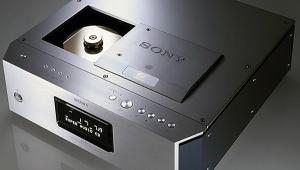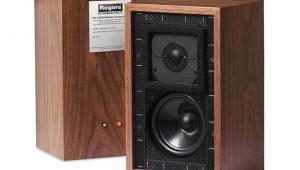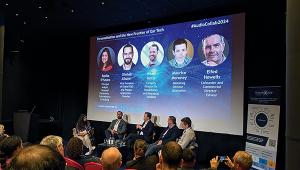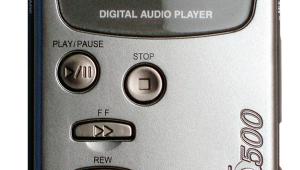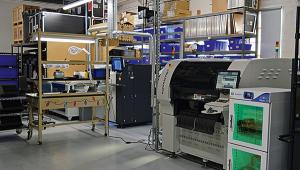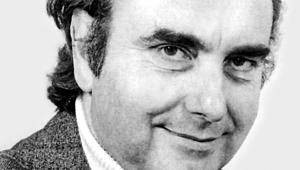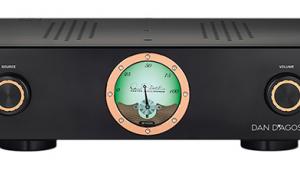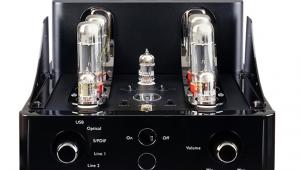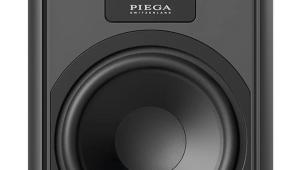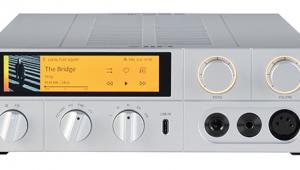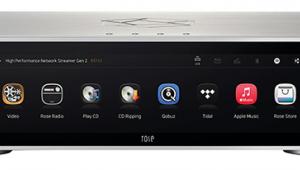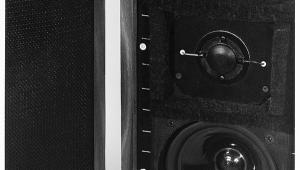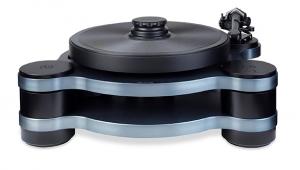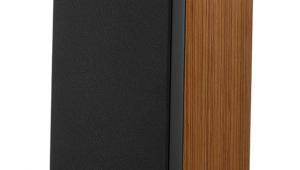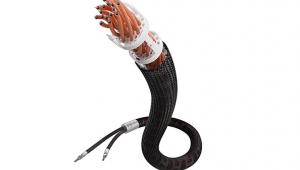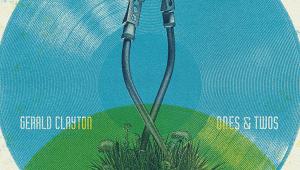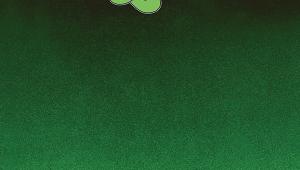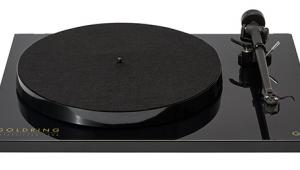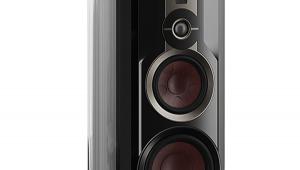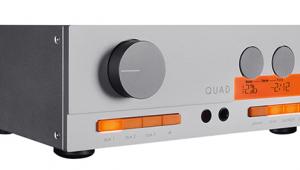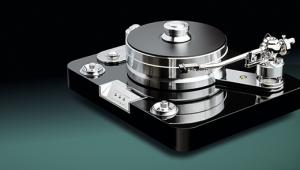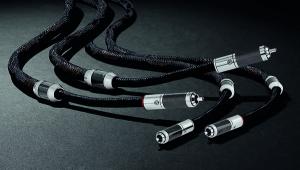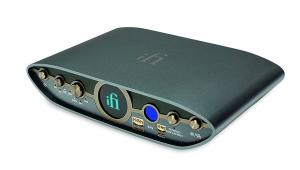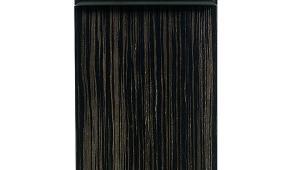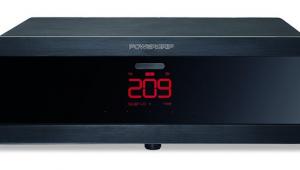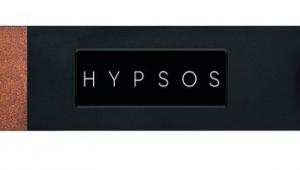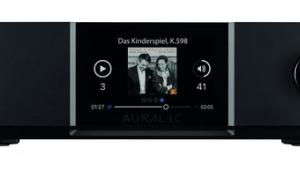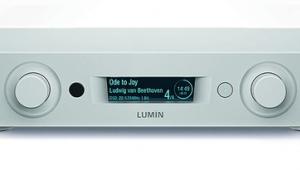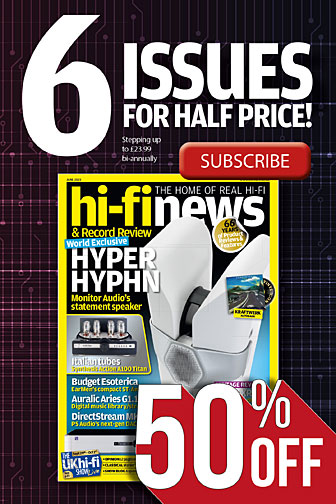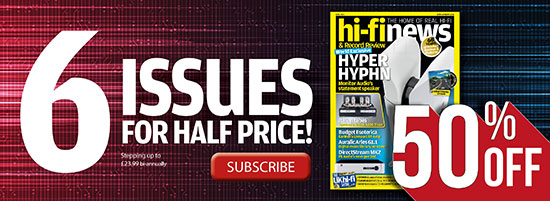Record cleaners
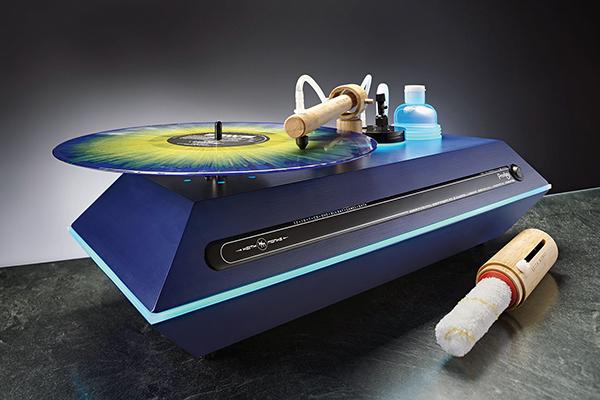
Asked what I’d be doing at Christmas, I said (only half-jokingly), ‘cleaning records’. I had placed an order for one of the Keith Monks machines but, waiting for delivery, bought a Knosti manual cleaner too – £75 at Amazon. My collection of LPs dates back to 1958 and I must have over 1700 records, almost entirely classical and nearly all in ‘as new’ condition. Playing a flawless pressing over headphones gives me greater pleasure than either CD or hi-res downloads. But, of course, few vinyl discs are absolutely silent-surfaced.
Bamboozled
One of the first cleaning machines for professional use came from Keith Monks Audio; his son Jonathan now markets three designs for the home audiophile. Each is made from sustainable bamboo and features a switchable ‘light show’ at the intersection of the two chassis halves. A touch of whimsy there, while the ‘tonearm’ is actually a carrier for a nozzle that sucks liquid from the record clamped in position. The Quick Start sheet in the box is scant but you’ll find much more information in the online user manual. Different iterations of the Prodigy model offer quieter, faster cleaning as the price points increase, with better motors/pumps, while the £1995 Deluxe comes in a white or attractive blue finish. And you get a superior cleaning brush and a soft fabric roller that absorbs any spillage at the edge of the disc. This is a machine that cleans and dries the record for quick replay. The learning curve is finding the optimum amount of fluid to apply. Too dry and the suction arm needs a little nudge, but refills of the fluid cost £49, so it’s tempting to be mean... At the other end of the price scale is the Knosti Disco Antistat, boxed with premixed cleaner, and record label clamps with turning handle, the lid doubling as a drying rack. So here you rotate the LP between two goat-hair brush strips, lift and turn the LP 180 degrees and wind the handle a bit more. Lift, let it drip, unclamp and allow, say, one hour for it to dry before playing. After a session, you can refilter the liquid for future use. You’ll need a plastic jug to empty the bath without spillage, as the filtering is slow with the provided funnel.
You may have heard of ultrasonic cleaners for LP cleaning, where tiny bubbles implode either side of a record sitting in a distilled water tank, and are said to penetrate the grooves better than any brush applicator. The Degritter is the Rolls-Royce choice, costing £2540. At a more affordable level Knosti has a machine without a drying option, but I used the stylish HumminGuru NOVA (£748 at Juno Records). HumminGuru is a Hong-Kong company and the NOVA comes packaged with a range of accessories – mains plug adapters, spare water/air filters, and a plastic rod which allows adjustment for 7in, 10in and 12in records.
Black birds singing
You fill a slide-out box with distilled water (Amazon sells this) to the relevant marking and pour into the semicircular stainless steel tank. You add no more than two drops of the ‘Small Bottle’ surfactant. A touch-switch system enables wet cleaning at three timed levels, plus two (optional) drying times. I preferred to wet clean five or so LPs and put them in their rack, which features a charming row of tiny black hummingbirds(!). You can then drain back into the tank and dispose of the contents.
So what’s the verdict? Unquestionably you get better sound – eg, my standard pressing of Kind Of Blue was so improved I wondered what on earth an ‘audiophile’ version could add. The vibraphone on the MJQ’s 'One Never Knows' was vibrant yet more controlled. The music was better defined, with more colour and scale. Any tiny scratches were muted. However, LPs with noisy backgrounds remained so.
